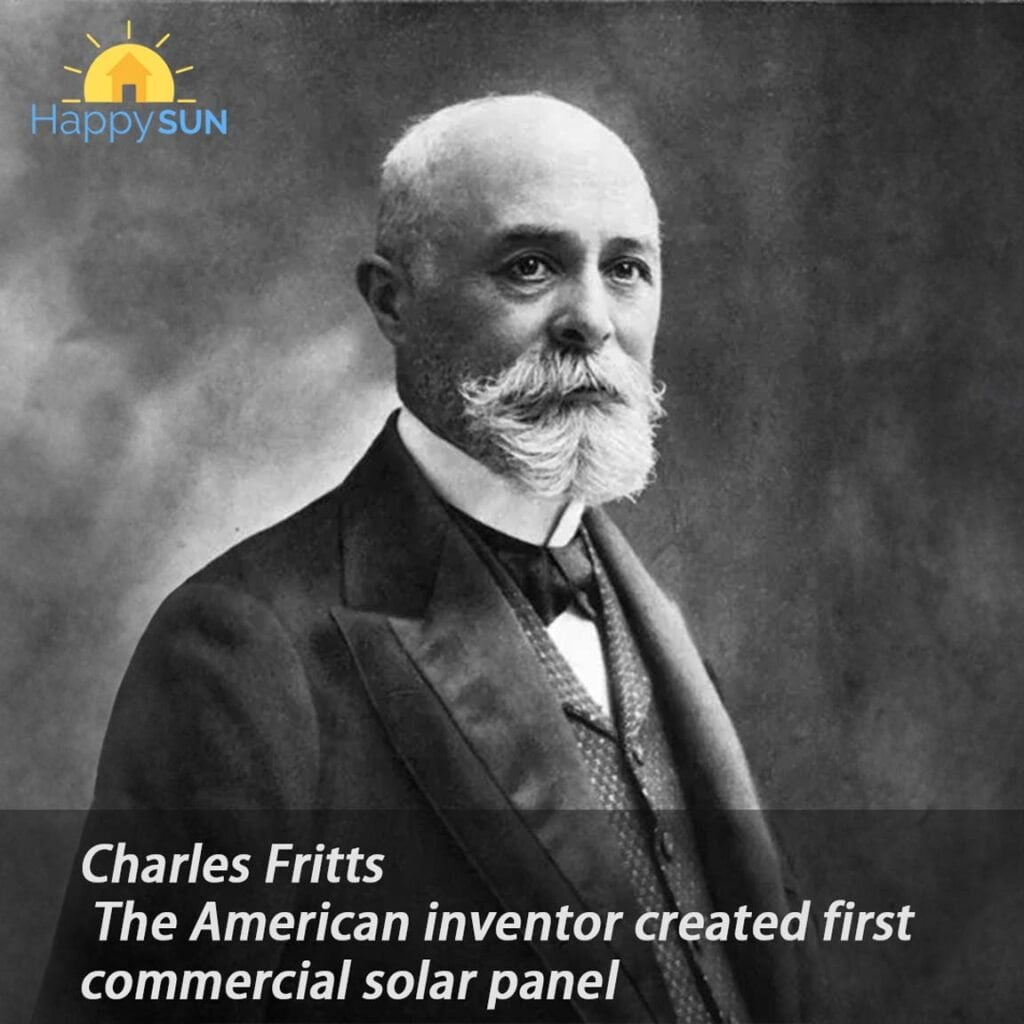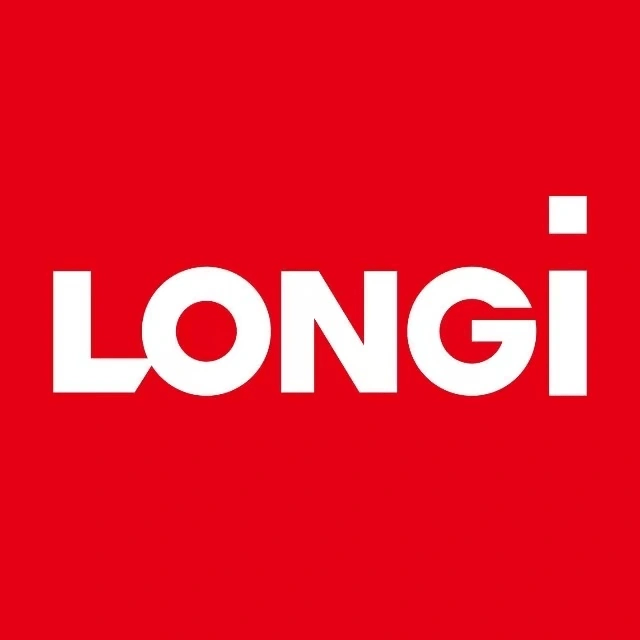Original inventor story of solar energy
Solar energy was discovered by the 19th century, invented in America instead of China
In 1881, the American inventor Charles Fritts created the first commercial solar panel, which was reported by Fritts as “continuous, constant and of considerable force not only by exposure to sunlight but also to dim, diffused daylight”

In 1939, Russell Ohl created the solar cell design that is used in many modern solar panels. He patented his design in 1941. In 1954, this design was first used by Bell Labs to create the first commercially viable silicon solar cell(Sourcing:Wiki solar panel)
Why solar still slight role for almost hundred years until 2019
Solar energy is a nature gift from the Gods, endless and clean, it’s a one of the best energy sourcing logically, but why we don’t use it ofter before? there is 2 important reason about this:
1, High Cost
We can’t make a big change of humanity’s living only depends on this is good for our environment but expensive cost, the productivity of solar energy is very expensive before 2016, so most project of solar energy is used for reserach or off-grid needs yet
2, Unstable Energy Supply
The sun only emerges in the daytime, and he is lazy in the winter, especially at certain continents
What is the main reason to the rapid increase for solar energy?
1, The cost of electricity generated by solar energy is lower than utilities in most countries
Easy to understand it, make money is another words of buy solar, which is depend on the advantage of China’s pre-investment in solar industry since 2016, Solar costs have fallen 82% since 2010-2020, and now estimate to 90%
2, Energy storage
Lithium battery is a supper good material for energe storage, this way extremly optimize the featur as Unstable Energy Supply of our’s sun, now we could use the electricity in the night that generated by the solar via Energy storage, And usual aournd €800/5KWH
3, Utility increasing unstoppable made us anxious about the energy’s bill
The uncertainty of globe relationship going to gloomy, cause to electricity growing rapidly, and it is hard to imagine our living without electricity in modern life, so solar kit seems a perfect solution for that
Why China dominated solar energy?
The main reasons are the cost optimisation based on the technical development and the advantage of Chinese labourers, for example:
In 2014, Longi took the lead in overcoming the industrialization challenges of RCZ monocrystalline growth technology, increasing the output of silicon rods from the original 60kg per crucible to over 1500kg per crucible. The application of this technology not only increased the pulling speed by more than 80%, but also rapidly narrowed the cost gap between monocrystalline silicon rods and multicrystalline ingots per kilogram, providing an opportunity for the rapid development of monocrystalline technology. In 2020 alone, this technology saved approximately 13.6 billion yuan in costs for the Chinese photovoltaic industry.
During the same period, another key technology affecting the future of monocrystalline, diamond wire cutting technology, was also localized by Longi. This breakthrough not only broke the monopoly of overseas manufacturers on diamond wire technology but also quickly developed high-quality, low-cost diamond wires through close collaboration in upstream and downstream technology research and introduction. This reduced the supply price of diamond wires to around 0.3 yuan per meter, saving the industry approximately 30 billion yuan annually, laying the foundation for monocrystalline to lead the industry.
Both technologies were achieved by Longi with the belief of “burning bridges behind oneself.” From this perspective, Longi almost single-handedly changed the landscape of monocrystalline and multicrystalline. Some industry insiders openly admit that without Longi’s technical focus and continuous promotion of monocrystalline, it would have been difficult to predict the extent of development of monocrystalline technology or the speed of achieving grid parity for photovoltaics.
Meanwhile, the introduction of PERC cell technology made the cost advantage of monocrystalline technology even more pronounced. Companies like Jinko, Tongwei, JA Solar, and LONGi, shifted towards monocrystalline and PERC technology, further enhancing the market acceptance of monocrystalline modules.
During this period, Longi, which had just entered the battery and module fields, played a crucial role once again. Through in-depth research on the mechanism of light-induced degradation (LID) in collaboration with partners such as the University of New South Wales in Australia, Longi successfully solved the problem of high initial light-induced degradation in monocrystalline PERC, and opened up the LID technology to the industry.
The rest of the story is well-known; the Pandora’s box of monocrystalline PERC technology was opened, and with the continuous efforts of companies in the industry, new technologies and processes such as bifacial, half-cut, MBB, shingled, and multi-busbar emerged, continuously pushing up the efficiency curve of monocrystalline, while costs continued to decline.
By the end of 2017, monocrystalline and multicrystalline solar modules were almost priced the same. From then on, the advantage of monocrystalline no longer needed to be proven through various parameter assumptions and complex calculations but formed a direct and strong impact on the market, completing the reversal battle against multicrystalline.
Looking back on this journey, what the solar market valued was the cost advantage brought about by technological iteration. This is the key to the reversal of monocrystalline technology and the driving force behind the nearly 80% decrease in photovoltaic costs over the past decade.



